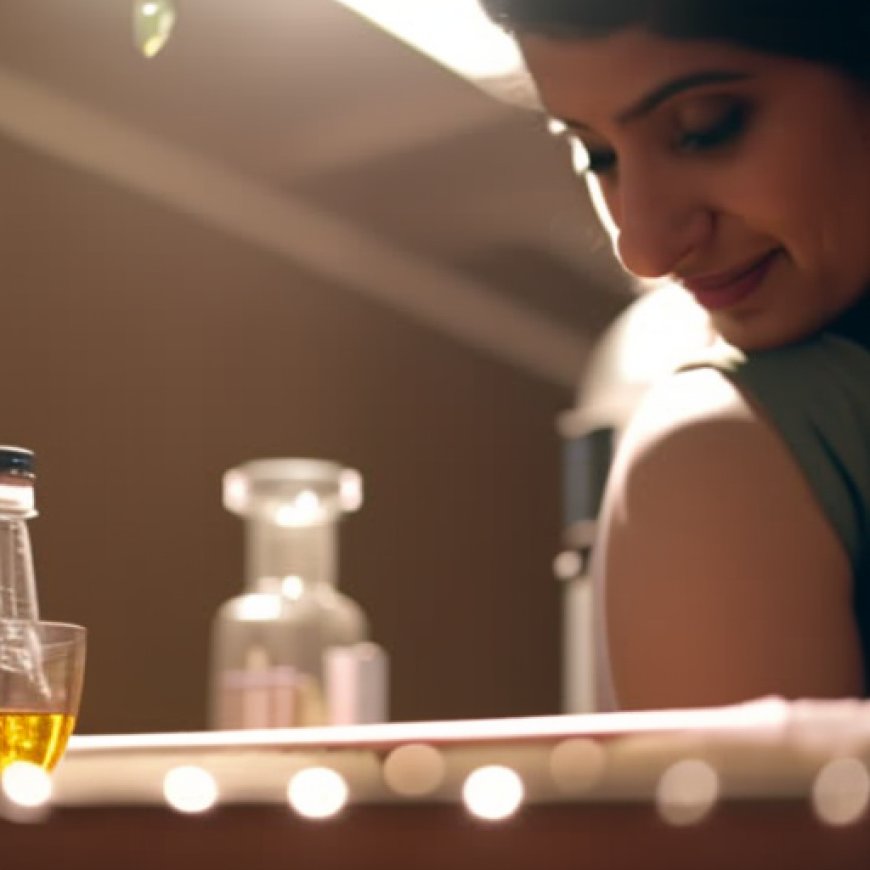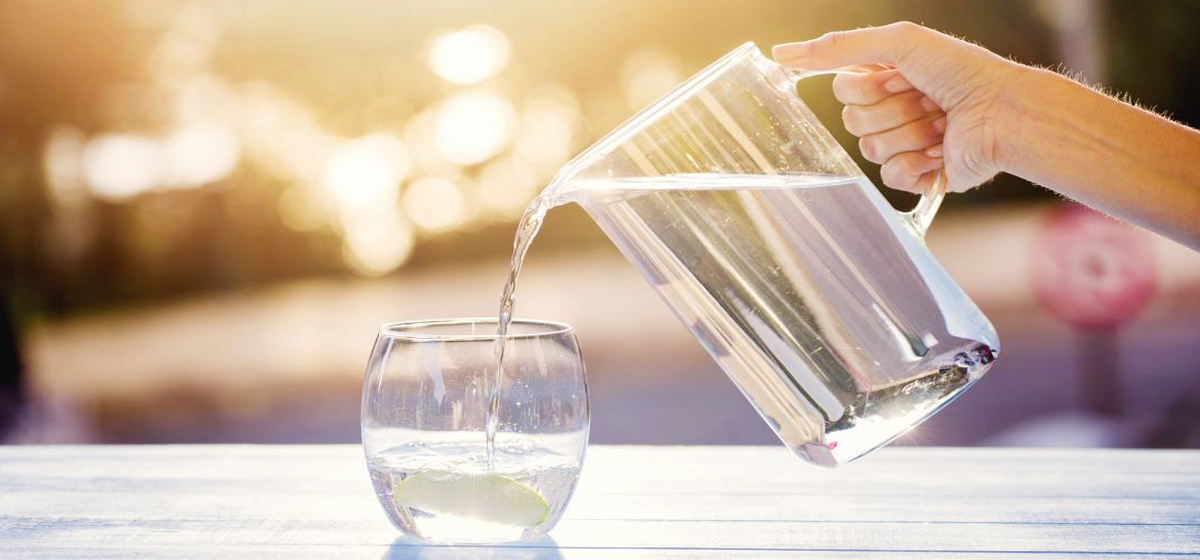Purification of Drinking Water: A Critical Concern for Nepal’s Public Health
Purification of Drinking Water: A Critical Concern for Nepal's Public Health Myrepublica



The Importance of Household Water Treatment for Public Health
The purification of drinking water is paramount for safeguarding public health. The Nepal Demographic Health Survey (NDHS) of 2022 reveals that a mere 25% of the population employs effective water treatment methods like boiling, bleaching, filtering, and solar disinfection. When juxtaposed with the NDHS data from 2016, there’s a modest increase of only 2% over six years. This disparity prompts the following inquiries: Why do some households prioritize water treatment while others neglect it? What’s causing the delay in widespread adoption of water purification? Is there a potential oversight in policy formulation regarding this matter?
Development Picture
Historically, Nepal has marked commendable achievements in various developmental indicators. The nation has tackled intricate developmental challenges, from ensuring access to potable water, sanitation, and education to providing electricity and food security. In the 1950s, a scanty 2% of Nepal’s population was literate, and only a fraction of children had the privilege of education. Fast forward to the present, the literacy rate for those aged five and above is 76.2%. Additionally, 89.9% of the populace now has access to electricity. Remarkably, 98% of households use an improved source of drinking water. The proportion of individuals with access to enhanced sanitation facilities has surged from 3% in 1996 to 92% in 2022. These metrics undeniably highlight Nepal’s developmental strides. Yet, the lag in drinking water purification remains a pressing policy concern.
Current Situation
Research underscores a robust association between improved water quality, sanitation, and enhanced health outcomes. Inadequate water access and sanitation facilities not only jeopardize lives but also impose economic and health strains on impoverished communities. Nepal has made significant strides in this domain. For instance, households with piped water access have doubled from 22% in 2011 to 44% in 2022. While urban and rural areas exhibit minor differences in improved water source usage (99% and 97%, respectively), it’s pivotal to recognize that improved water access doesn’t equate to its safety. Presently, only a quarter of the population employs effective water treatment methods. A mere 15% use ceramic for water purification and just 13.4% rely on boiling. It’s noteworthy that Bagmati Province leads with 39% of its population treating water, whereas Madhesh Province lags at 7%.
Existing Policies and Programs
It’s worth pointing out that the Government of Nepal has formulated progressive plans and policies regarding Water, Sanitation, and Hygiene (WASH). The Government of Nepal (GoN) has the National Urban Water Supply and Sanitation Sector Policy. This policy aims to enhance public health and align with national poverty reduction goals by establishment of secure sources of drinking water and improved sanitation services. GoN remains committed to ensuring the availability of pure drinking water and sanitation services for all its citizens as a fundamental human need and a basic human right. Similarly, Nepal has a National Water Plan that outlines short-medium- and long-term action plans for the water resources sector, including investments and human resource development. Likewise, it has a Water Resource strategy, which ensures that every Nepali citizen should have access to water sufficient to meet basic needs, such as drinking, cooking and sanitation.
GoN has also adopted the Global Sustainable Development Goal 6 to ensure the availability and sustainability management of water and sanitation for all. By 2030, the government aims to increase the number of people using safe drinking water to at least 90%. Similarly, UNICEF’s new country program (2018-2022) in Nepal initiated efforts in WASH programs to secure enhanced and equitable access to safe and sustainable drinking water, sanitation services, and improved hygiene practices for children and their families. This program is guided by WASH Sector Development Plan (2016 – 2030). This program supports improving water quality through strengthening the water regulatory body, implementing water safety plans, and raising community awareness on household-level water treatment.
The Challenge of Water Treatment Progress
Despite progressive policies, Nepal lacks follow-through on implementation. Water treatment practices vary according to the wealth of people. NDHS 2022 found that the percentage using an appropriate treatment method in the lowest wealth quintile is only 12.4%, whereas the highest wealth quintile consists of 51.3%. Similarly, a study shows water treatment adds an extra financial burden for poor households. This discrepancy among the wealth quintile hinders water treatment practices.
In order to guarantee the availability of clean and safe drinking water, it is equally important to enhance water supply systems. In Nepal, approximately 25% of the water supply system is functioning well. Whereas, 36% need minor repairs and 39% need major reconstruction.
Despite the existence of policies advocating for clean water and improved sanitation, there’s a palpable gap in fostering a behavioral shift towards household water treatment. It is important to change behavior at this point in time when using household water treatment technologies. Water treatment practices are associated with a number of other specific beliefs and values, age, family relations, societal norms as well as ecological factors.
Policy Instrument
Ensuring potable water at the household level isn’t merely about investing in extensive water infrastructure, which often misses the most vulnerable. Immediate, cost-effective solutions like household water treatment technologies can bridge this gap. The Government should provide subsidies in water treatment technologies to promote a healthy lifestyle.
Similarly, economic development allows for the construction of new water supply systems, high technology, water treatment machines and equipment, all of which are necessary for providing high-quality care to the population. But creating a supply-side policy is not enough; there also must be demand for health services, which does not necessarily follow from economic development. For instance, even if water treatment machines and equipment are provided, people might not consume safe water either because they do not believe that technologically advanced machines are safe or because of the difficulty and high cost to borrow the water treatment machines. Therefore, this suggests that people do not just need better infrastructure but also some nudges and awareness to overcome the cost in time and money to consume safe water.
Similarly, the private sector can push water treatment practices via corporate social responsibility programs. A better example can be taken from Bill Gates, who is working on designing revolutionary toilets with the intention to make them accessible to all.
In conclusion, understanding human behavior and conducting rigorous scientific studies are essential for effective policy interventions to accelerate water treatment adoption.
Conclusion
In summation, while Nepal has made laudable progress in addressing multifaceted societal challenges
SDGs, Targets, and Indicators
1. Which SDGs are addressed or connected to the issues highlighted in the article?
- SDG 6: Clean Water and Sanitation
- SDG 3: Good Health and Well-being
- SDG 1: No Poverty
- SDG 10: Reduced Inequalities
2. What specific targets under those SDGs can be identified based on the article’s content?
- SDG 6.1: By 2030, achieve universal and equitable access to safe and affordable drinking water for all.
- SDG 6.2: By 2030, achieve access to adequate and equitable sanitation and hygiene for all and end open defecation, paying special attention to the needs of women and girls and those in vulnerable situations.
- SDG 3.8: Achieve universal health coverage, including financial risk protection, access to quality essential health-care services, and access to safe, effective, quality, and affordable essential medicines and vaccines for all.
- SDG 1.4: By 2030, ensure that all men and women, in particular, the poor and the vulnerable, have equal rights to economic resources, as well as access to basic services, ownership, and control over land and other forms of property, inheritance, natural resources, appropriate new technology, and financial services including microfinance.
- SDG 10.2: By 2030, empower and promote the social, economic, and political inclusion of all, irrespective of age, sex, disability, race, ethnicity, origin, religion, or economic or other status.
3. Are there any indicators mentioned or implied in the article that can be used to measure progress towards the identified targets?
- Proportion of population employing effective water treatment methods
- Percentage of households using ceramic for water purification
- Percentage of households relying on boiling for water purification
- Percentage of population treating water in different provinces
- Percentage of population using an appropriate treatment method based on wealth quintile
- Percentage of water supply systems functioning well, needing minor repairs, and needing major reconstruction
SDGs, Targets, and Indicators Table
| SDGs | Targets | Indicators |
|---|---|---|
| SDG 6: Clean Water and Sanitation | 6.1: By 2030, achieve universal and equitable access to safe and affordable drinking water for all. | – Proportion of population employing effective water treatment methods – Percentage of households using ceramic for water purification – Percentage of households relying on boiling for water purification – Percentage of population treating water in different provinces |
| SDG 3: Good Health and Well-being | 3.8: Achieve universal health coverage, including financial risk protection, access to quality essential health-care services, and access to safe, effective, quality, and affordable essential medicines and vaccines for all. | – Proportion of population employing effective water treatment methods |
| 3.8: Achieve universal health coverage, including financial risk protection, access to quality essential health-care services, and access to safe, effective, quality, and affordable essential medicines and vaccines for all. | – Proportion of population employing effective water treatment methods | |
| SDG 1: No Poverty | 1.4: By 2030, ensure that all men and women, in particular, the poor and the vulnerable, have equal rights to economic resources, as well as access to basic services, ownership, and control over land and other forms of property, inheritance, natural resources, appropriate new technology, and financial services including microfinance. | – Percentage of population employing effective water treatment methods – Percentage of population using an appropriate treatment method based on wealth quintile |
| SDG 10: Reduced Inequalities | 10.2: By 2030, empower and promote the social, economic, and political inclusion of all, irrespective of age, sex, disability, race, ethnicity, origin, religion, or economic or other status. | – Percentage of population employing effective water treatment methods – Percentage of population using an appropriate treatment method based on wealth quintile |
Behold! This splendid article springs forth from the wellspring of knowledge, shaped by a wondrous proprietary AI technology that delved into a vast ocean of data, illuminating the path towards the Sustainable Development Goals. Remember that all rights are reserved by SDG Investors LLC, empowering us to champion progress together.
Source: myrepublica.nagariknetwork.com

Join us, as fellow seekers of change, on a transformative journey at https://sdgtalks.ai/welcome, where you can become a member and actively contribute to shaping a brighter future.







